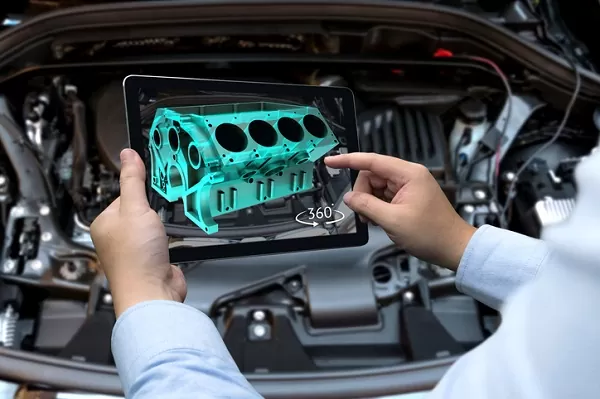Buying a car is the second biggest purchase for most Americans, right behind buying a house. After rolling the new car off the lot, drivers might be eager to experience all their car has to offer. However, it’s essential to understand that most new cars require a delicate period of ownership known as the “break-in” period. If neglected, the lifespan of the vehicle can be significantly reduced leading to more problems for the owner down the road. Here’s what new owners should know about the break-in period and how they can maximize the lifespan of their vehicle.
What is Breaking In a New Car?
The break in period carries certain restrictions that allow mechanical components to wear in evenly and ensure proper operation throughout the life of the vehicle. Following the proper procedure gives the engine, transmission, brakes, and tires to settle into their proper working conditions which will translate to enhanced long term reliability and performance.
What Happens During the Break-In Period?
The break-in period for a new car is a critical phase that focuses on gradually conditioning key components of the vehicle:
- Engine: During the first 500-1000 miles, avoid revving the engine too high. It’s vital to vary your speed and RPMs, helping the engine break in evenly. This ensures that the piston rings, bearings, and other internal components evenly wear and receive proper oil lubrication.
- Brakes: In the initial 500 miles, steer clear of hard braking. Instead, use light to moderate braking pressure to “bed” the brakes in. This helps the brake pads and rotors mesh correctly, enhancing their performance and longevity.
- Transmission: Be gentle with the transmission during the first 500 miles. Avoid abrupt shifting and high RPMs, allowing the gears to mesh smoothly and adapt to their working conditions.
- Tires: For the first 500 miles, avoid spinning the tires or driving in harsh conditions. This helps the tires develop an even and reliable tread pattern, maximizing their grip and lifespan.
How Long Does the Break-In Period Last?
Break-in periods vary from vehicle to vehicle, but generally spans the first 500 to 1,000 miles. It’s important to remember to use these numbers as a guideline. Refer to the vehicle’s user manual for more specific instructions on how to break in each component.
Tips to Ensure a Successful Break-In Period
- Carefully read the owner’s manual for model specific break-in guidelines.
- Avoid towing heavy loads or carrying excessive weight.
- Follow the recommended oil change intervals during break-in. You may notice more metal shavings in your oil than you’re used to. This is normal during break-in, as long as it’s not excessive.
- Avoid revving the car past 4,000RPM or driving at high speeds.
- Avoid heavy braking.
In an Emergency Situation, Do What’s Necessary
Drivers can do their best to follow these guidelines, but the roads are unpredictable. If an emergency situation calls for rapid acceleration or braking, don’t be afraid to perform the necessary evasive action. Forgoing these rules for a short period won’t cause any significant damage. If you do find yourself injured in a wreck with a new car, an experienced car accident lawyer from Davis Kelin Law firm can help you recover compensation.
Do it Right and Be Rewarded
Properly breaking in a new car is a crucial step to ensure the long-term reliability of your vehicle. Follow the proper procedure laid out in this article along with the vehicle’s owners manual to significantly extend your car’s lifespan. Your efforts during the break-in period will pay off with many miles of smooth, trouble free driving.






